€10 to €13 billion is the estimated combined total cost to clean up litter each year in Europe, for which the majority of the funding is raised through tax. It’s not completely unrealistic to assume that in the future we may also pay for the cleaning up of space garbage through a similar system, perhaps through a tax on the use of space technologies.
Space debris is a major issue, and of increasing concern year on year as it poses a risk to operational satellites, human spaceflight, and humans on ground from re-entering objects.
ESA is working on technologies that will allow the removal of a large defunct object from orbit. By focusing our efforts on the removal of large objects from orbit, experts say that we will have a substantially greater reduction in the risk of collisions between debris and operational satellites, than if we use the same resources on the removal of the small debris.
Such a mission comes with many challenges and risks due to the complexity of approaching and grabbing a non-operational satellite – which is potentially spinning and out of control.
In order to decrease the risk of such a mission, when in the early design phases of a mission, we can already consider the concept ‘Design for Removal’ or D4R, where a technology, or several technologies, can be placed onto a satellite that can facilitate a future removal mission, otherwise known as Active Debris Removal (ADR). Satellites that are launched in the future must comply with the requirement of 90 % reliability of End-of-life operations, hence the D4R concept only focuses on the 10% that fail and remain in-orbit.
For an active debris removal mission to take place, there are four critical functions that need to take place:
- Monitoring of the target object: Being able to identify the attitude (spin rate and orbit) of the defunct satellite from ground is key to the design of the chaser satellite, as a high spin rate will drive the need for complex and powerful control thrusters.
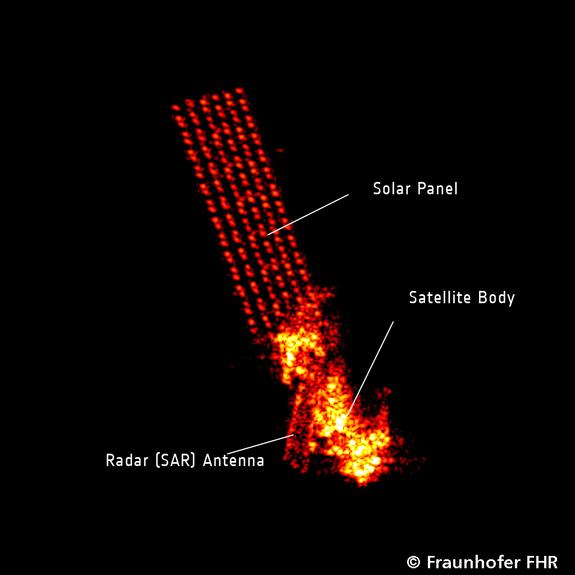
An Image of Envisat taken from a ground based radar, TIRA
- Ensuring the target object is within a pre-defined spin rate: The faster the object is spinning, the more challenging and risky a mission is in order to rendezvous with it due to the complexity of the control.
- Image processing: Monitoring the target satellite on-orbit by the chaser satellite can be very challenging. Patterns of reflective material, or retroreflectors can be used so that the chaser satellite can determine which face of the target satellite it is seeing, and what the orientation is.
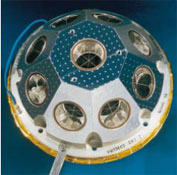
Retroreflectors such as these can be placed on satellites; these are used to ease satellite laser ranging
- Grasping points: For a robotic ADR mission, specific grasping points which are close to the centre of mass, and free from other protruding objects can reduce the risk of collision during the final capture operations.
Currently Clean Space is running two system studies in parallel to identify the most efficient Design for Removal (D4R) technology in terms of risk reduction of an ADR mission versus cost and system impact on the host satellite. We can then use the outputs of these activities to guide the design of future satellites to implement D4R technologies, and a result it will be cheaper to clean Earth’s orbital environment in the future.
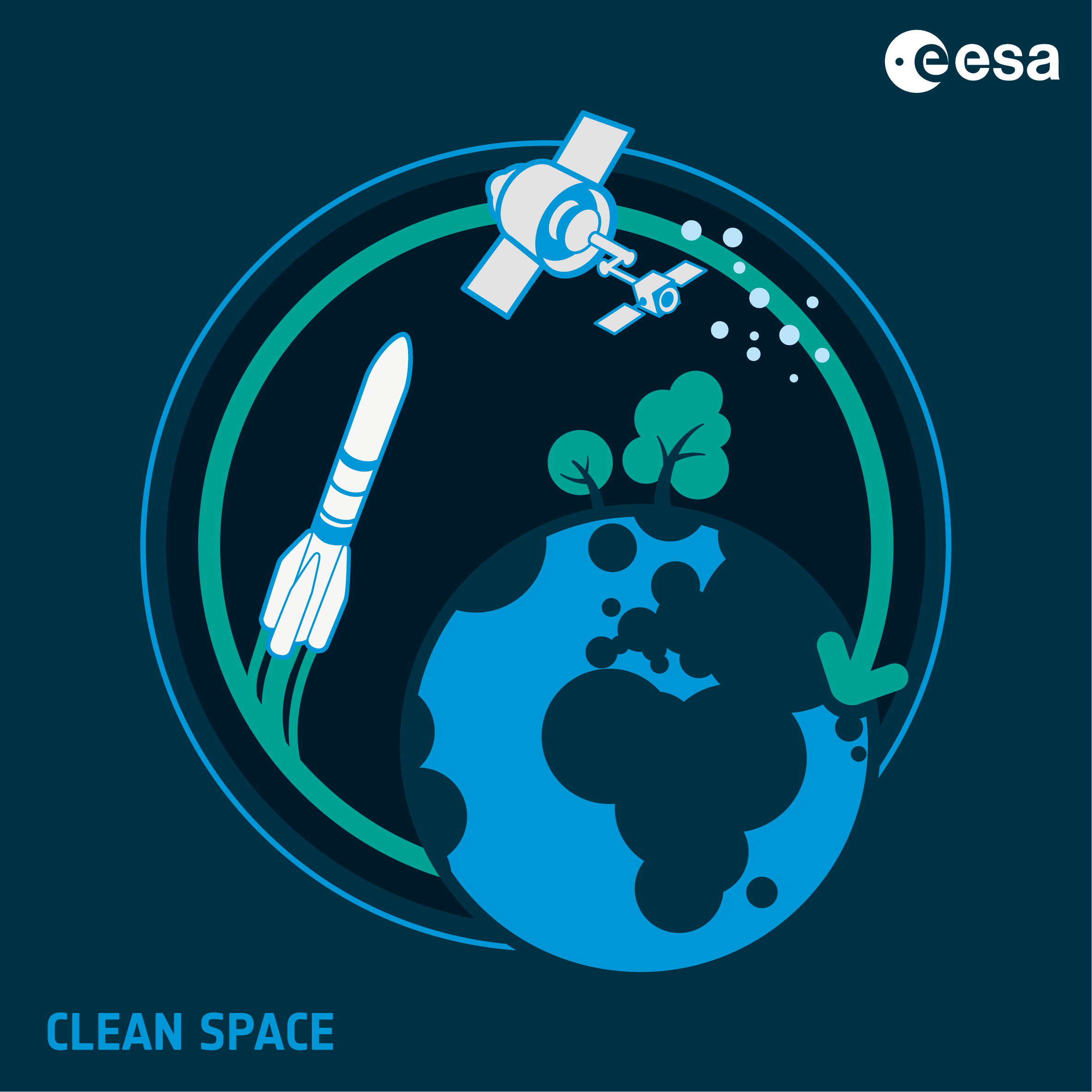

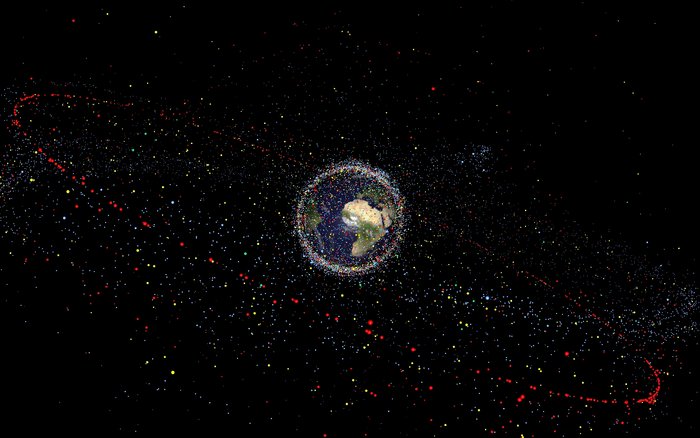
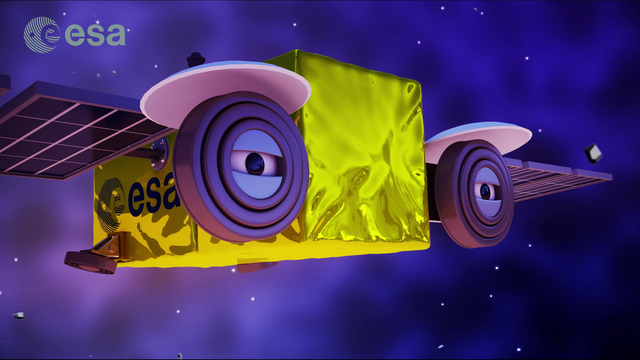
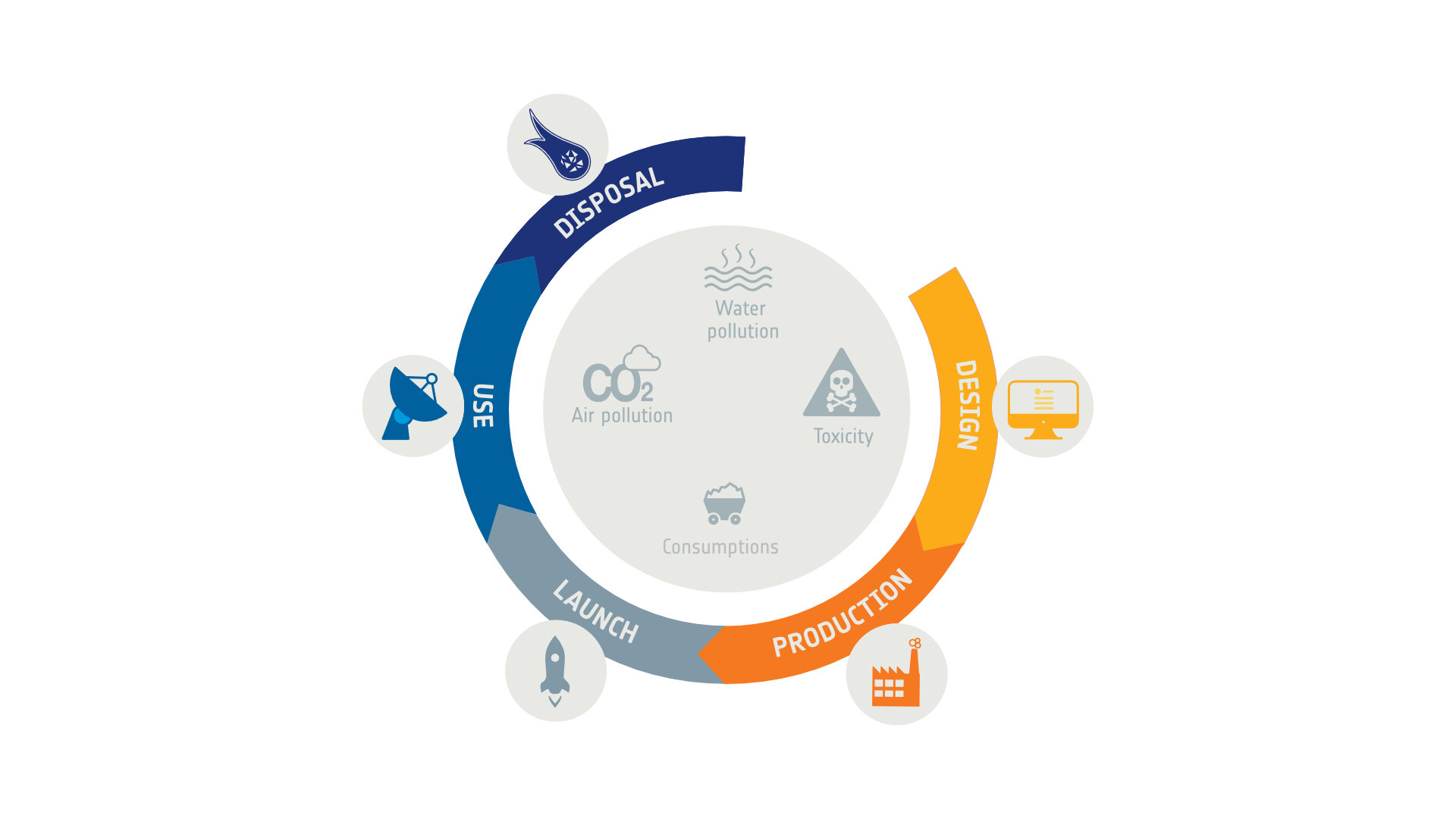
Discussion: no comments